Cover
Table of Contents
Preface
Chapter 1: Getting Started
With GLSL
Introduction
Using a function loader to access the latest OpenGL functionality
Using GLM for mathematics
Determining the GLSL and OpenGL version
Compiling a shader
Sending data to a shader using vertex attributes and vertex buffer objects
Getting a list of active vertex input attributes and locations
Sending data to a shader using uniform variables
Getting a list of active uniform variables
Using uniform blocks and uniform
buffer objects
Getting debug messages
Building a C++ shader program class
Chapter 2: The Basics of
GLSL Shaders
Introduction
Implementing diffuse, per-vertex shading with a single point light source
Implementing per-vertex ambient, diffuse, and specular (ADS) shading
Using functions in shaders
Implementing two-sided shading
Implementing flat shading
Using subroutines to select shader functionality
Discarding fragments to create a
perforated look
Chapter 3: Lighting, Shading,
and Optimization
Introduction
Shading with multiple positional lights
Shading with a directional light source
Using per-fragment shading for improved realism
Using the halfway vector for improved performance
Simulating a spotlight
Creating a cartoon shading effect
Simulating fog
Configuring the depth test
Chapter 4: Using Textures
Introduction
Applying a 2D texture
Applying multiple textures
Using alpha maps to discard pixels
Using normal maps
Simulating reflection with cube maps
Simulating refraction with cube maps
Applying a projected texture
Rendering to a texture
Using sampler objects
Chapter 5: Image Processing
and Screen
Space Techniques
Introduction
Applying an edge detection filter
Applying a Gaussian blur filter
Implementing HDR lighting with tone mapping
Creating a bloom effect
Using gamma correction to improve
image quality
Using multisample anti-aliasing
Using deferred shading
Implementing order-independent transparency
Chapter 6: Using Geometry and Tessellation Shaders
Introduction
Point sprites with the geometry shader
Drawing a wireframe on top of a shaded mesh
Drawing silhouette lines using the
geometry shader
Tessellating a curve
Tessellating a 2D quad
Tessellating a 3D surface
Tessellating based on depth
Chapter 7: Shadows
Introduction
Rendering shadows with shadow maps
Anti-aliasing shadow edges with PCF
Creating soft shadow edges with
random sampling
Creating shadows using shadow volumes and the geometry shader
Chapter 8: Using Noise in Shaders
Introduction
Creating a noise texture using GLM
Creating a seamless noise texture
Creating a cloud-like effect
Creating a wood-grain effect
Creating a disintegration effect
Creating a paint-spatter effect
Creating a night-vision effect
Chapter 9: Particle Systems
and Animation
Introduction
Animating a surface with vertex displacement
Creating a particle fountain
Creating a particle system using transform feedback
Creating a particle system using instanced particles
Simulating fire with particles
Simulating smoke with particles
Chapter 10: Using Compute Shaders
Introduction
Implementing a particle simulation with the compute shader
Using the compute shader for cloth simulation
Implementing an edge detection filter with the compute shader
Creating a fractal texture using the compute shader
Index
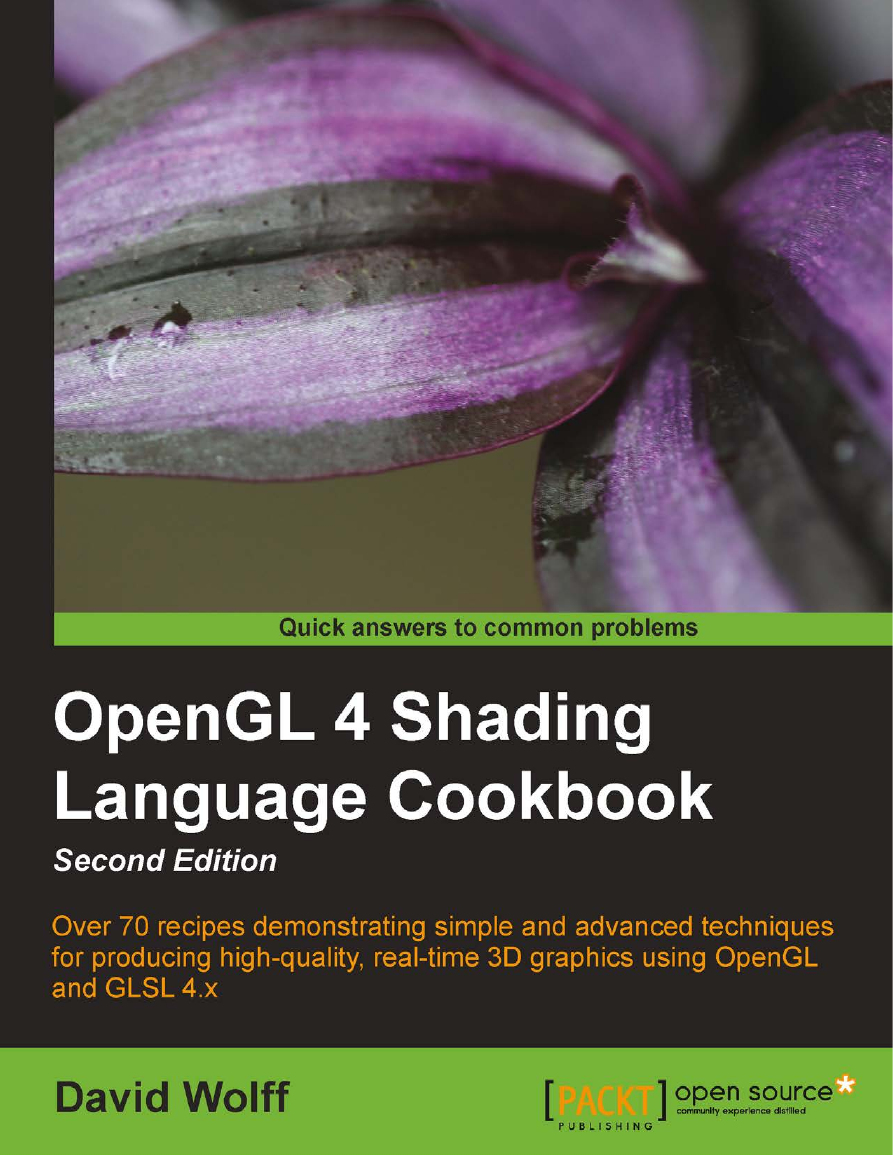
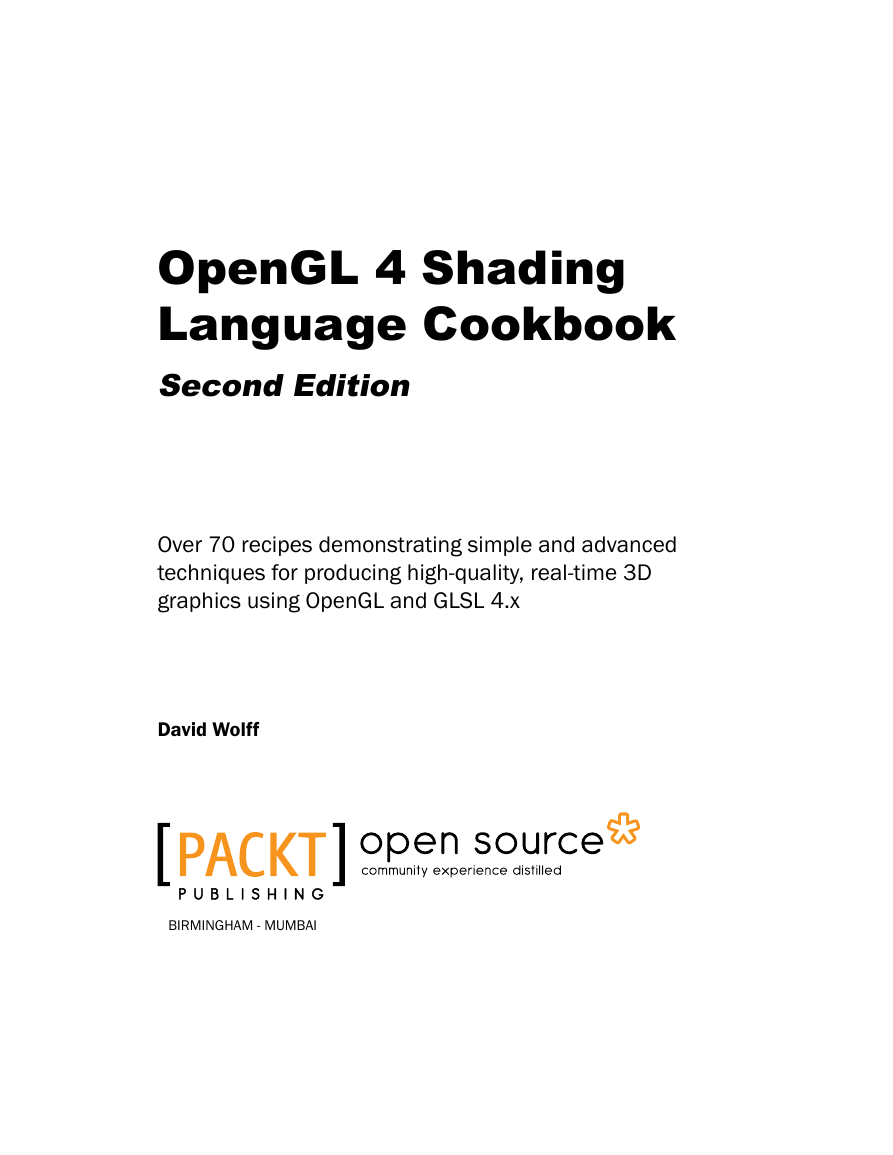
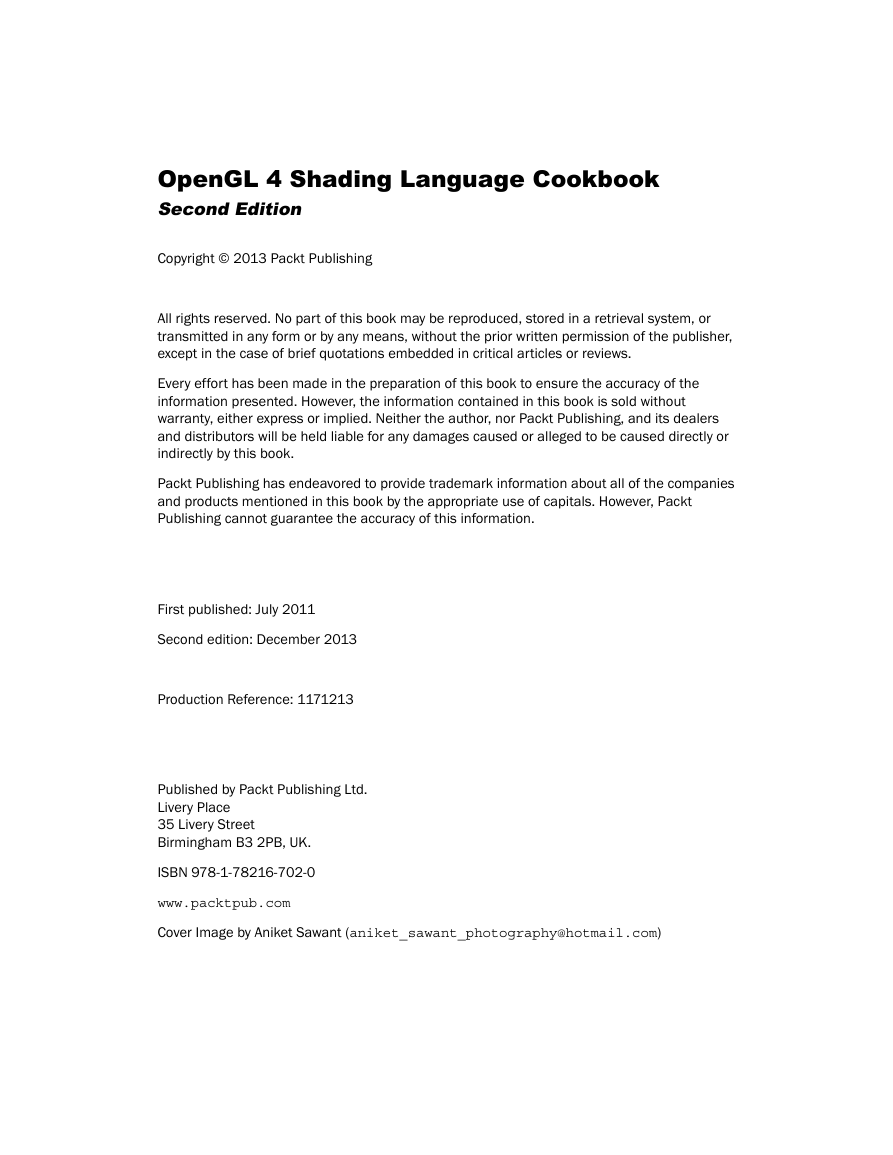
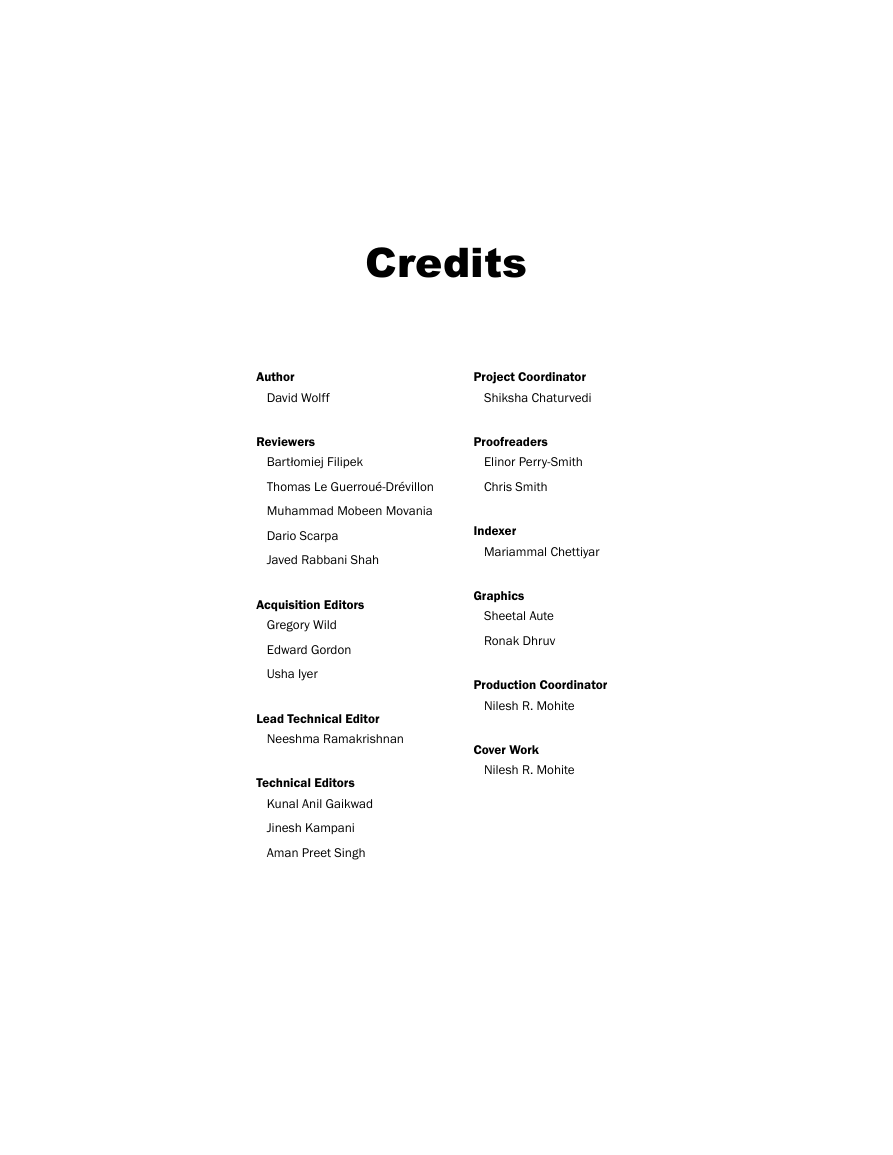
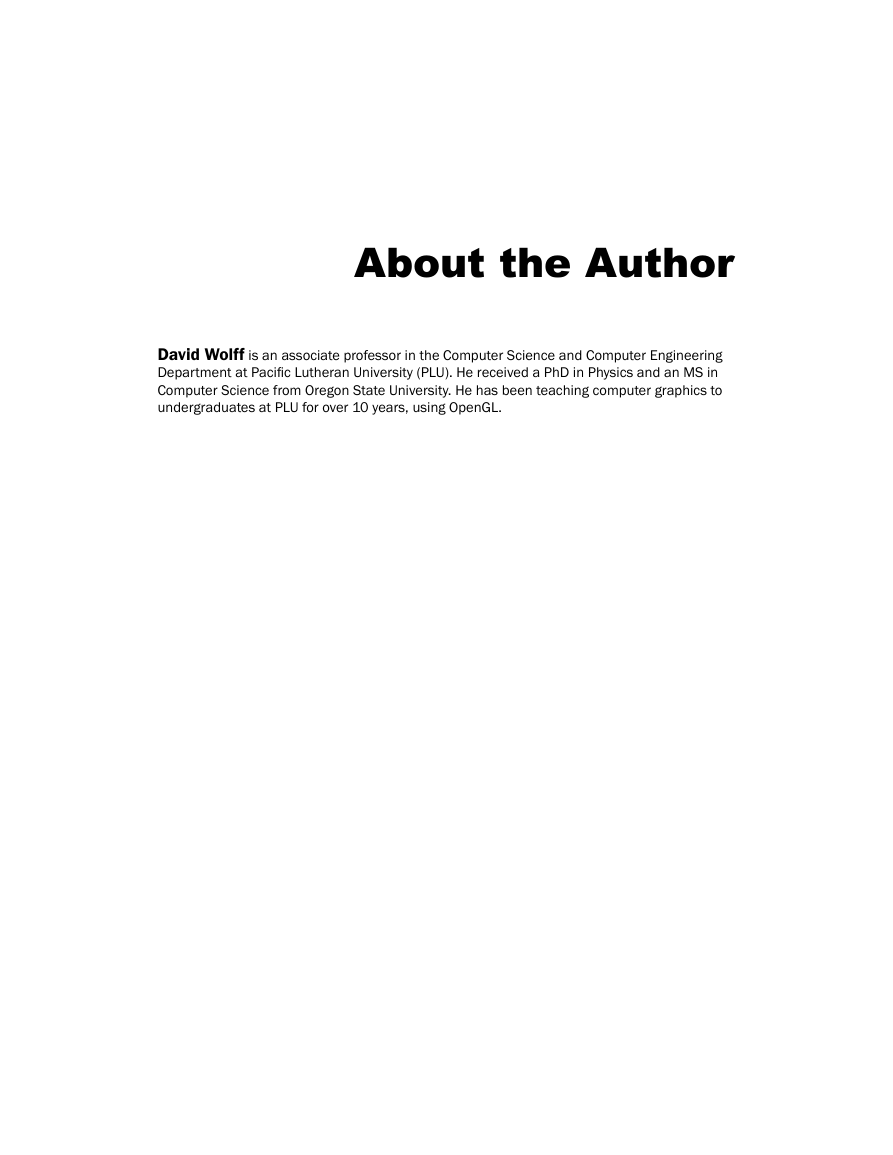
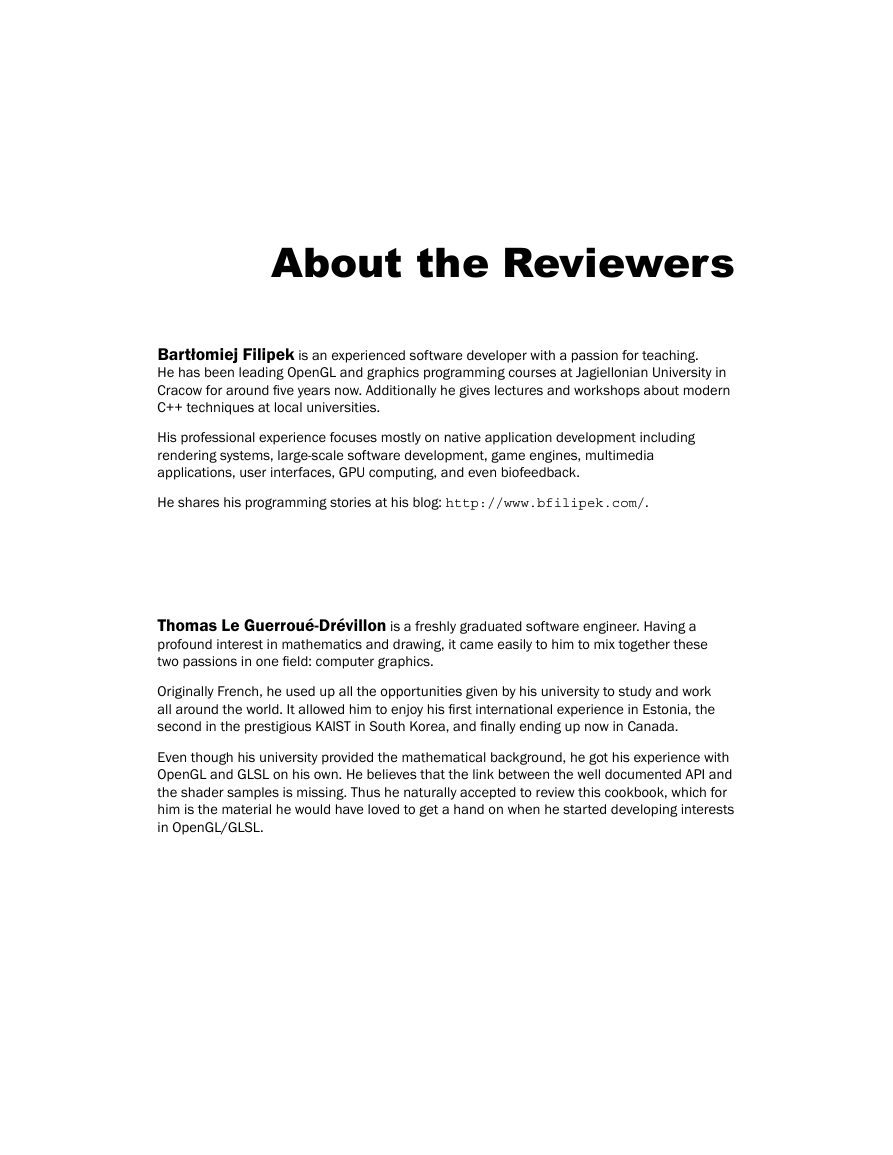










 2023年江西萍乡中考道德与法治真题及答案.doc
2023年江西萍乡中考道德与法治真题及答案.doc 2012年重庆南川中考生物真题及答案.doc
2012年重庆南川中考生物真题及答案.doc 2013年江西师范大学地理学综合及文艺理论基础考研真题.doc
2013年江西师范大学地理学综合及文艺理论基础考研真题.doc 2020年四川甘孜小升初语文真题及答案I卷.doc
2020年四川甘孜小升初语文真题及答案I卷.doc 2020年注册岩土工程师专业基础考试真题及答案.doc
2020年注册岩土工程师专业基础考试真题及答案.doc 2023-2024学年福建省厦门市九年级上学期数学月考试题及答案.doc
2023-2024学年福建省厦门市九年级上学期数学月考试题及答案.doc 2021-2022学年辽宁省沈阳市大东区九年级上学期语文期末试题及答案.doc
2021-2022学年辽宁省沈阳市大东区九年级上学期语文期末试题及答案.doc 2022-2023学年北京东城区初三第一学期物理期末试卷及答案.doc
2022-2023学年北京东城区初三第一学期物理期末试卷及答案.doc 2018上半年江西教师资格初中地理学科知识与教学能力真题及答案.doc
2018上半年江西教师资格初中地理学科知识与教学能力真题及答案.doc 2012年河北国家公务员申论考试真题及答案-省级.doc
2012年河北国家公务员申论考试真题及答案-省级.doc 2020-2021学年江苏省扬州市江都区邵樊片九年级上学期数学第一次质量检测试题及答案.doc
2020-2021学年江苏省扬州市江都区邵樊片九年级上学期数学第一次质量检测试题及答案.doc 2022下半年黑龙江教师资格证中学综合素质真题及答案.doc
2022下半年黑龙江教师资格证中学综合素质真题及答案.doc